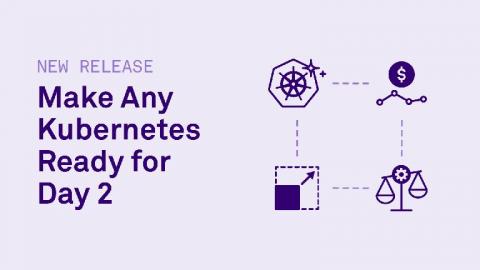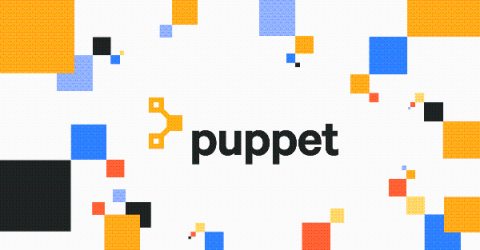Operations | Monitoring | ITSM | DevOps | Cloud
Latest News
Announcing Native Support for Kubernetes Secrets in Codefresh Pipelines
Secret management has been one of the most challenging areas when it comes to application deployments. Especially in the era of containers and dynamic services that come and go all the time, secret storage and rotation is more important than ever. Today we release our brand-new secret management integration that allows you to use Kubernetes secrets and configmaps straight into Codefresh pipelines in the easiest way possible.
Helm Chart Security Mitigation: Talking Back to CVEs in ChartCenter
Double Header: Konvoy 1.5 and Kommander 1.1 Are GA!
Today we made Konvoy 1.5 and Kommander 1.1 generally available. In January, D2iQ defined a 12 month roadmap for Kommander and Konvoy. With these newest releases focused on the Single Enterprise Experience, that mission is halfway complete. Here are some of the highlights of the latest releases.
What's Observability with AIOps? Check Out Our New Book, Webinars and Infographic
Discover how DevOps and SREs can develop more and operate less by applying AI to events, metrics, traces and logs to keep CI/CD agile and your business growing.
This Month in Spring - July 2020
Hi, Spring fans! 2020, eh? It's easy to complain, and goodness knows I certainly do my fair share, but - as my dad always said, "any day on this side of the dirt is a good day," and I try to remember that. There's a lot to be enthusiastic about if you like. I always look. That's what this roundup is all about. It's a fount of the fun, fantastic, production-powered, and boundless beauty of all things Spring Boot.
Puppet Delivers Innovation of Open Source Community to the Next Wave of Enterprise Infrastructure Automation
SREview Issue #3 July 2020
How SLOs Help Your Team with Service Ownership
Puppet Enterprise new release offers powerful orchestration and more
As the industry leader in the DevOps space, we’re excited to share recent updates to the Puppet Enterprise platform that give infrastructure operations teams the flexibility to manage and automate more infrastructure and complex workflows in a simple yet powerful way.











